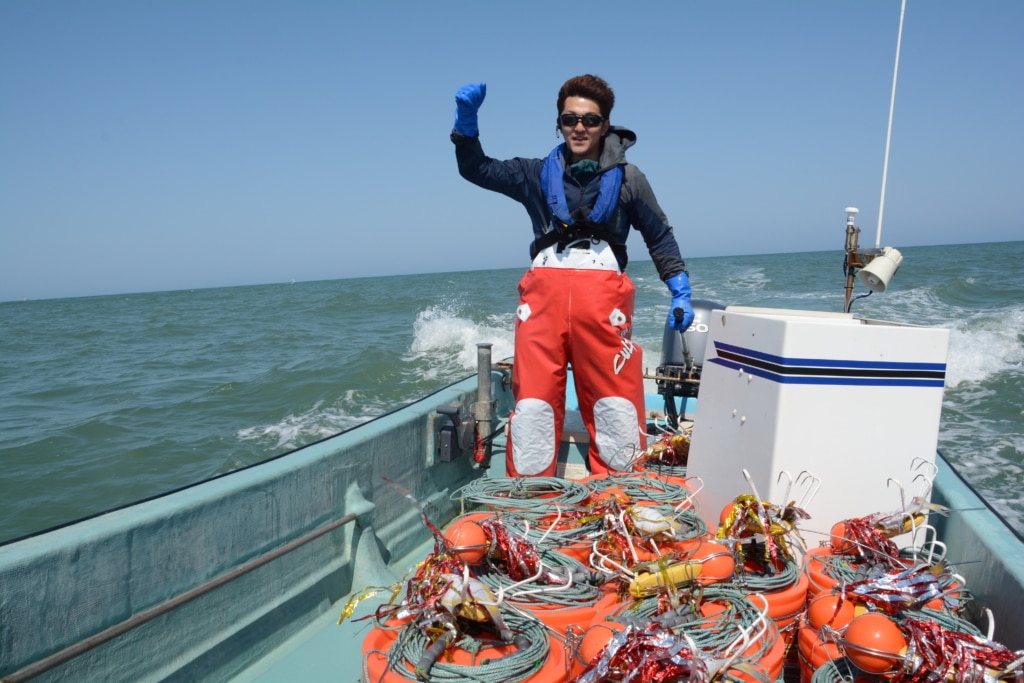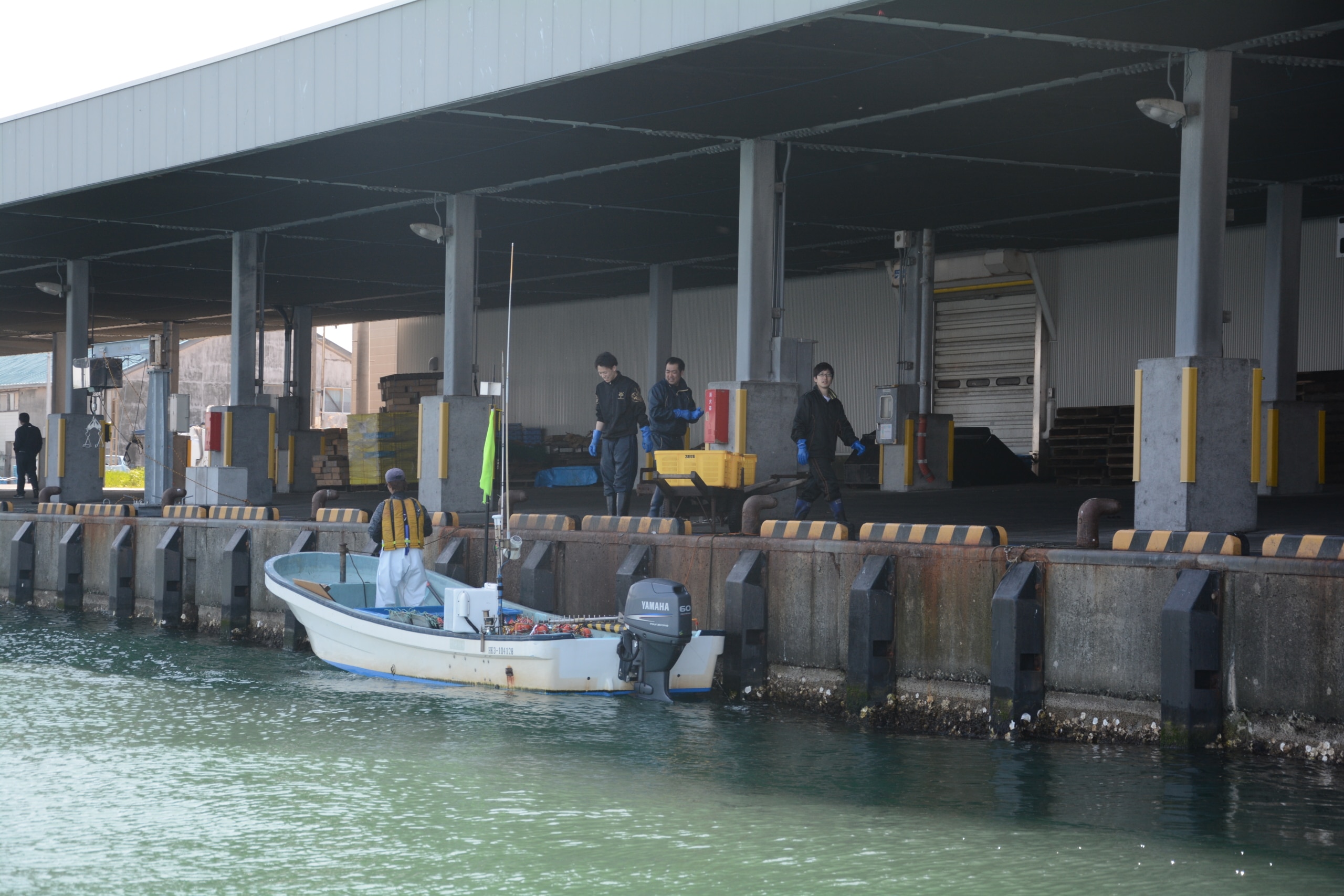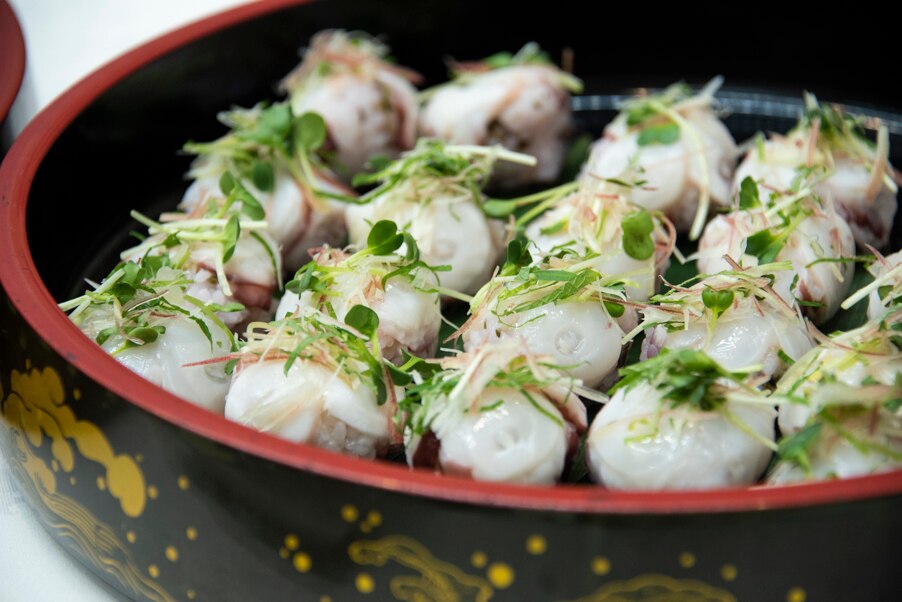
Forever a Hometown Fisherman: Branding of Hokkaido Giant Pacific Octopus Fishery (2/2)
Enhancing Resource Management: Rising Market Domestic and Overseas Demand
Koichi Ogasawara’s passion for the future of his hometown led to the launch of Hokkaido giant Pacific octopus Fishery Improvement Project (FIP) in April 2019. (Read Part 1)
The MSC pre-assessment process clarified the specific challenges that lie in the way of transitioning to an internationally recognized level of sustainability: lack of data in order to conduct a stock assessment; lack of information regarding impact to surrounding ecosystem and sustainability of bait species; the need for assessment of fishery’s impact to the surrounding environment; need to develop a guideline and reporting mechanism in the case of gear loss; setting short-term and long-term resource management targets and development of specific management measures to implement based on stock status.
Over the two years since the project launch, numerous dialogues were held with the region’s fisheries stakeholders and Tomamae Barrel Flowing Fishers Subcommittee (represented by Ogasawara-san and comprised of over two dozen fishers participating in the FIP) to gather data regarding surrounding habitats and bait species, as well as holding a series of meetings to determine a specific management measure to be implemented in case giant Pacific octopus stock abundance drop notably.
In March 2021, a meeting was held with the Tomamae Barrel Flowing Fishers Subcommittee and a consensus was reached on a specific management measure: “reduction of the number of barrels per expedition from the current 15 barrels to 12 barrels when CPUE drops below 60kg.” The Subcommittee members also agreed to maintain the existing measures of keeping the seasonal fishing ban periods and releasing of octopus that weigh less than 2.5kg.

Tomamae fishing port
Along with the rise in global demand for octopus, inquiries regarding Tomamae FIP giant Pacific octopus from markets such as North American retailers began to come. As the Fishery Agency is focusing on strengthening exporting of Japanese seafood, supply chain companies that supply ready-to-eat products, sushi ingredients and processed seafood products to the North American market began to show interest in sourcing octopus from producers that are participating in a FIP.
Domestic demand for Tomamae FIP octopus is also beginning to rise. There is a growing trend of seafood supply chain companies and restaurants showing interest in sourcing sustainable seafood and working together with producers to co-develop seafood products as part of their SDGs-related projects to work directly with fishers to help solve the challenges facing the communities of their seafood sources.
Tomamae FIP octopus product development
FIPs are projects that contribute to specific SDGs action for seafood supply chain companies and create business opportunities for fishers at the same time. Above all, participating in a FIP directly connects to local fishers securing natural capital and economic stability. When sustainability of both is achieved, the community can expect increased tax revenue and can lead to increase in new employment opportunities. A FIP that successfully brands sustainable fishery resource management has the potential to directly contribute to community development.
Recently, there have been multiple projects developing to utilize Tomamae FIP octopus, such as a FIP octopus-based product development project under the guidance of a famous sushi chef, and a Tomamae FIP octopus quality improvement project with support from a Michelin star chef.
FIPs make it possible to realize a sustainable community by linking producers with businesses that are working to contribute further their SDGs related work and ESG investors to expand their investment portfolio. As Tomamae FIP octopus products become more popular and economic benefits are felt by fishers themselves, more fishers that target the same giant Pacific octopus stock in the same region will be attracted to participate as members of the FIP. Our aim is for the influence of the Tomamae FIP movement to strengthen through these new opportunities, ultimately contributing to a sustainable giant Pacific octopus stock as well as improved quality of life for giant Pacific octopus fishers and their local communities.

Sushi made from Ogasawara-san’s FIP giant Pacific octopus
Humans need nature more than nature needs humans.
Circular economy. Natural capital. Sustainability. ESG investment: we currently live in an era in which we are reevaluating the relationship between nature and capitalism. Building in traceability and ICT tools into that relationship make it possible to truly connect consumers, businesses and fishers.
Fanned by the rise in both domestic and overseas demand, the stakeholders of Tomamae giant Pacific octopus FIP are beginning to feel the significance of the initiative that they are a part of.
In order for more projects like these to be considered more necessary, it is our earnest desire to continue to connect with those who believe in the importance of achieving regional sustainability, and, together, build a bright future for our fisheries communities.

Sunrise seen from Tomamae fishing port
Written by: Shunji Murakami
Note: This project has been transferred to UMITO Partners Inc.. For more details, please contact the company. Website:https://umitopartners.com/ Email:info@umitopartners.com |
*1 CPUE:
Catch per unit effort – The quantity of fish caught with one standard unit of fishing effort (e.g. number of boats or fishing gear). CPUE is often considered an index of fish biomass (or abundance)
http://www.fao.org/3/y3427e/y3427e0c.htm





